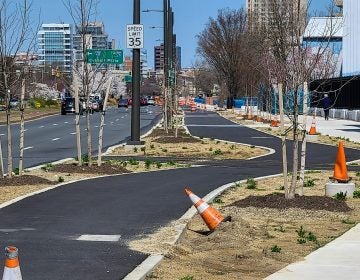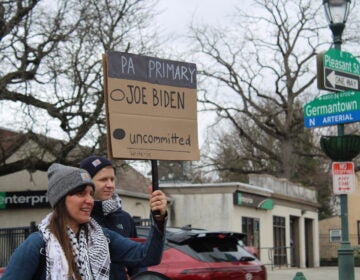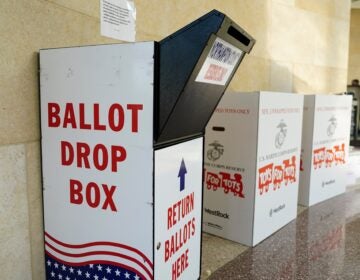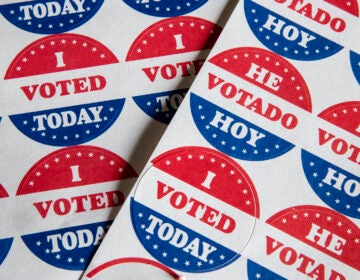Philly officials advocate for extension of Automated Speed Enforcement along Roosevelt Blvd.
Data shows the program has dramatically reduced fatal crashes and speeding violations along the busy road.
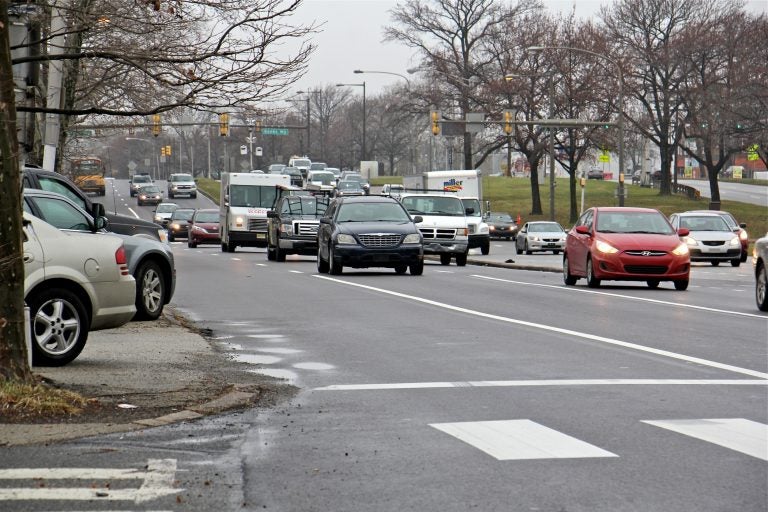
Traffic heads north on Roosevelt Boulevard near East Front Street. (Emma Lee/WHYY)
Speeding violations and traffic fatalities have gone down along Roosevelt Blvd. since the city implemented the Automated Speed Enforcement (ASE) pilot program launched in 2020.
Data shows that during the first seven months, the number of fatal crashes along Roosevelt Blvd. fell by nearly half. From its installation to January of this year, monthly speeding violations fell 93%. But the program is set to expire next year if it’s not renewed.
Michael Carroll, the deputy managing director for Philadelphia’s Office of Transportation and Infrastructure Systems, said he’s spoken with many members of the state legislature who’ve expressed their support of the program.
“This requires partnerships with folks from all over the state,” Carroll said. “The level of comfort that we kind of expected for people was to try it out first. And, you know, the good news is that we’ve seen that it works, so I’m confident, you know, certainly optimistic that we will get the program extended, and what we really need to push for is to get it made permanent. We certainly benefit from the safety impacts and having that enforcement there, whether there’s violations or not, really is going to condition people to behave in a responsible way when they’re operating a vehicle on Roosevelt Boulevard.”
Roughly a third of Philadelphians live along Roosevelt Blvd. corridor.
Act 86 of 2018 authorized Pennsylvania’s ASE pilot program on Roosevelt Boulevard (U.S. Route 1) in Philadelphia between Ninth Street and the Bucks County line.
In 2021, Gov. Tom Wolf announced new investments in Philadelphia utilizing $22.1 million in new grant funding through the ASE program. Six million dollars went towards designing intersection modifications identified as 2025 improvements in the Roosevelt Boulevard Route for Change program. That included curb extensions to shorten pedestrian crossing distances, realigned crosswalks, realigned lane configurations and turn lanes, upgrades to traffic signals and timing, changes to traffic movements, and new or upgraded transit shelters and stations.
WHYY is your source for fact-based, in-depth journalism and information. As a nonprofit organization, we rely on financial support from readers like you. Please give today.



